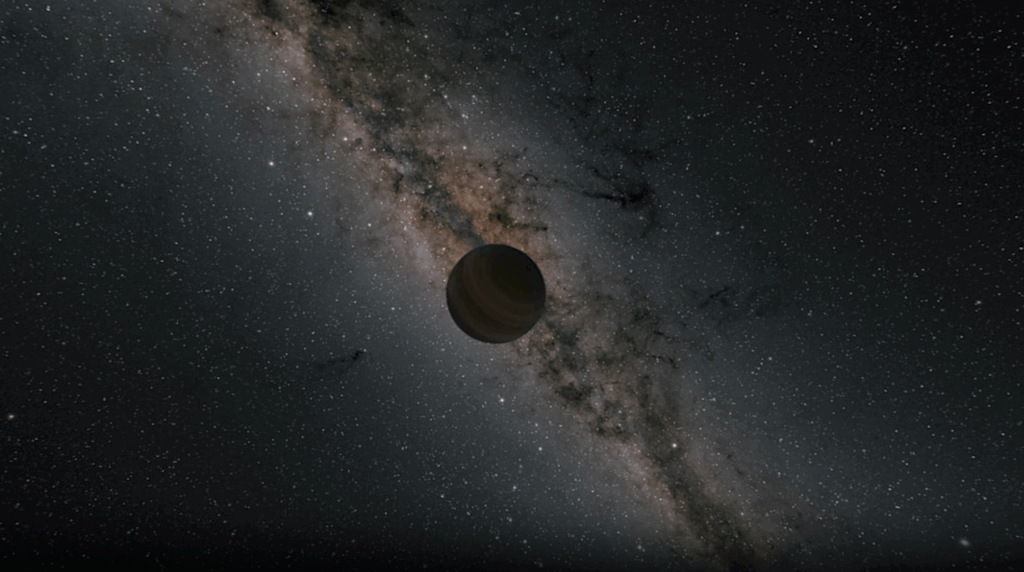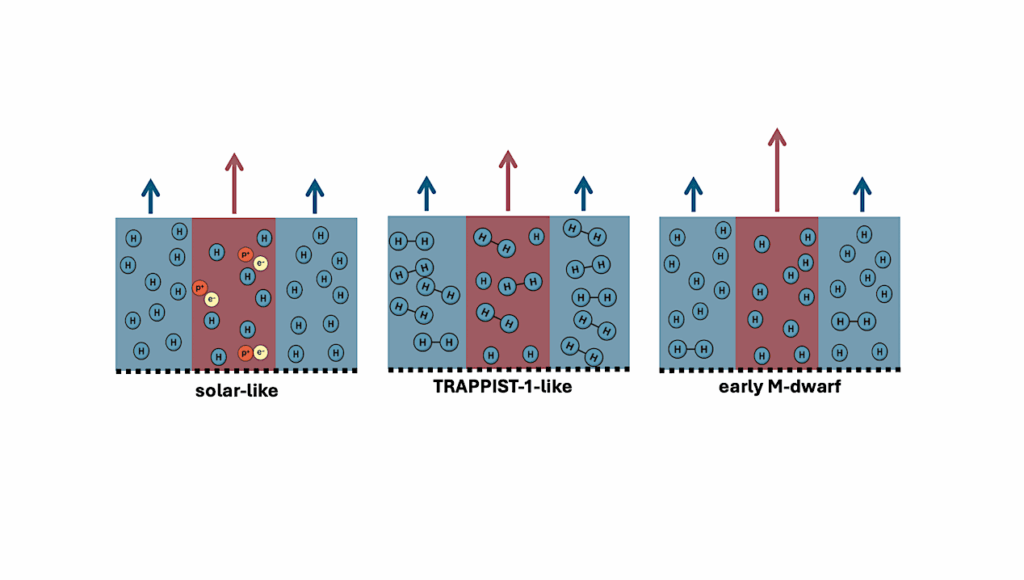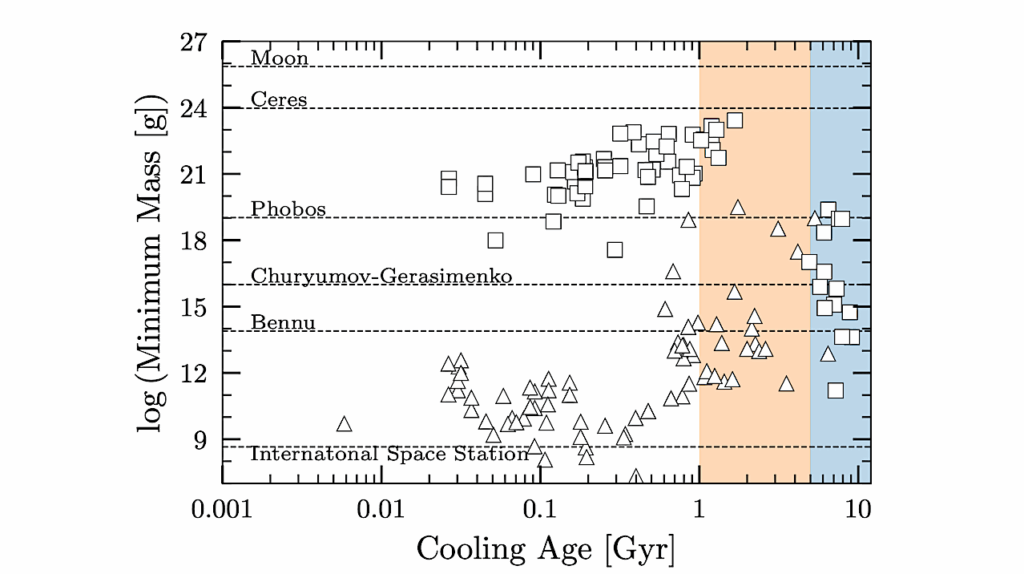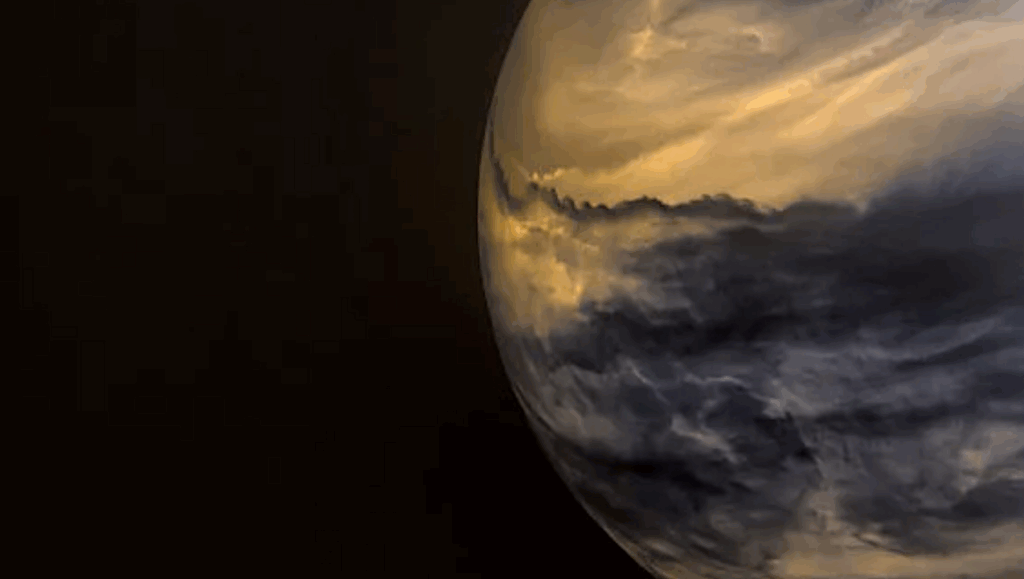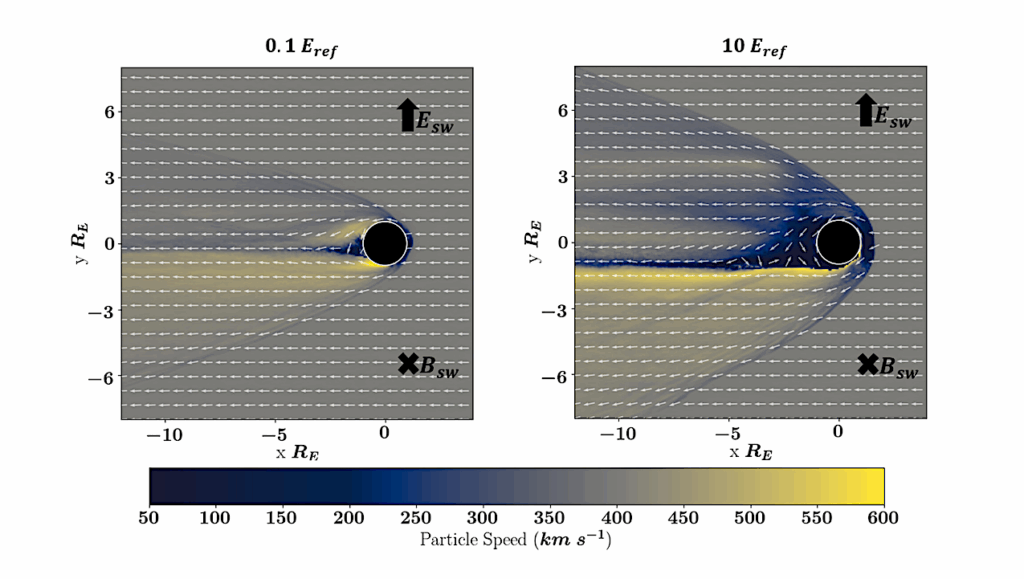Effects of Variable Eccentricity on the Climate of an Earth-like World

The Kepler era of exoplanetary discovery has presented the Astronomical community with a cornucopia of planetary systems very different from the one which we inhabit.
It has long been known that Jupiter plays a major role in the orbital parameters of Mars and it’s climate, but there is also a long-standing belief that Jupiter would play a similar role for Earth if not for its large moon. Using a three dimensional general circulation model (3-D GCM) with a fully-coupled ocean we simulate what would happen to the climate of an Earth-like world if Mars did not exist, but a Jupiter-like planet was much closer to Earth’s orbit. We investigate two scenarios that involve evolution of the Earth-like planet’s orbital eccentricity from 0–0.066 on a time scale of 4500 years, and from 0–0.283 over 6500 years.
We discover that during most of the 6500 year scenario the planet would experience a moist greenhouse effect when near periastron. This could have implications for the ability of such a world to retain an ocean on time scales of 109 years. More Earth-like planets in multi-planet systems will be discovered as we continue to survey the skies and the results herein show that the proximity of large gas giant planets may play an important role in the habitability of these worlds. These are the first such 3-D GCM simulations using a fully-coupled ocean with a planetary orbit that evolves over time due to the presence of a giant planet.
Michael. J. Way, (NASA/GISS), Nikolaos Georgakarakos (NYU Abu Dhabi)
(Submitted on 18 Nov 2016)
Comments: 10 pages, 3 figures, submitted to ApJ Letters
Subjects: Earth and Planetary Astrophysics (astro-ph.EP)
Cite as: arXiv:1611.06133 [astro-ph.EP] (or arXiv:1611.06133v1 [astro-ph.EP] for this version)
Submission history
From: Michael Way
[v1] Fri, 18 Nov 2016 15:55:13 GMT (535kb)
https://arxiv.org/abs/1611.06133


